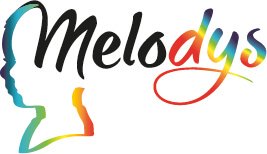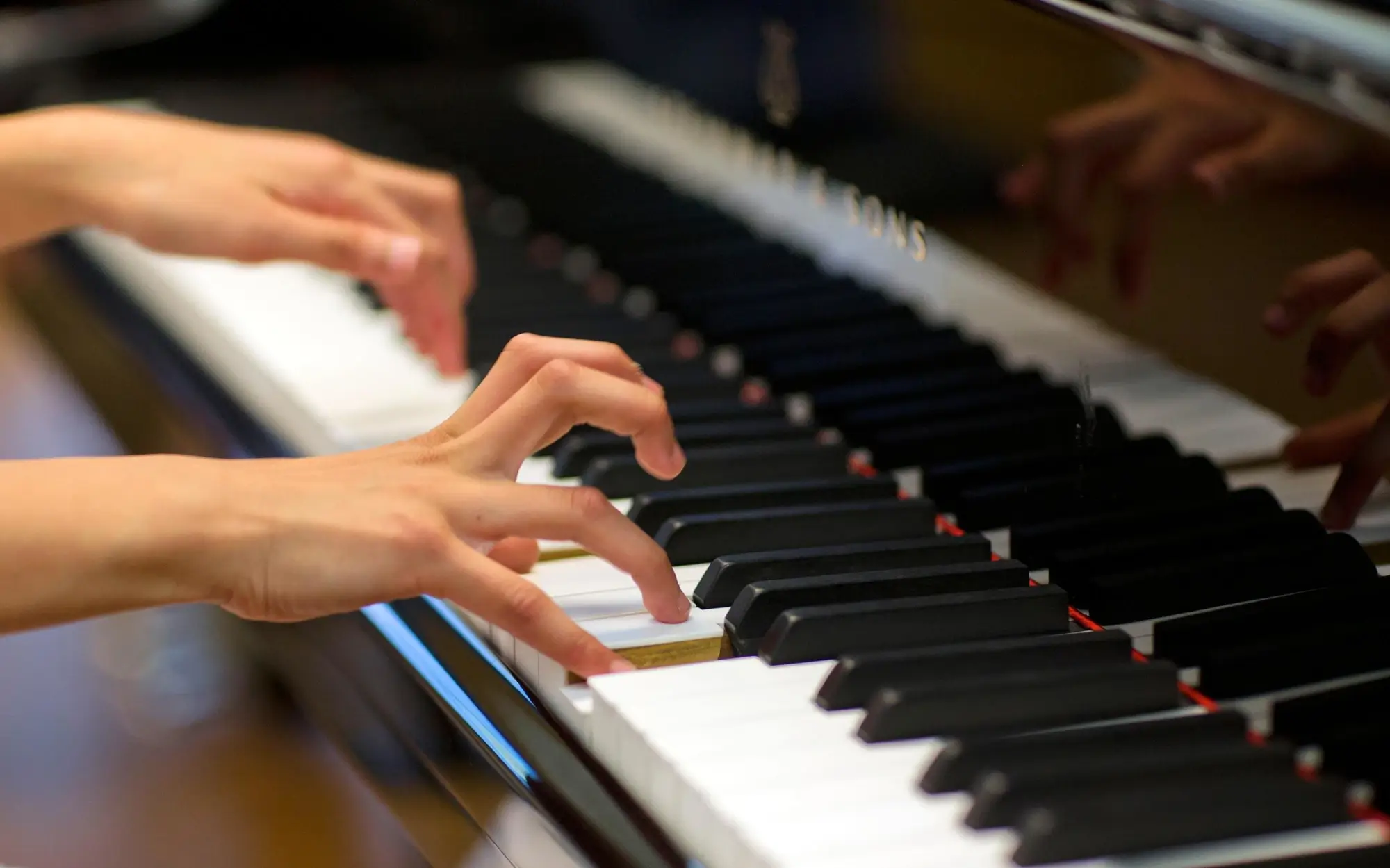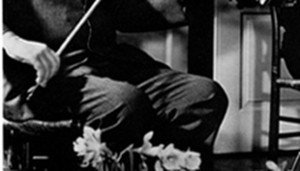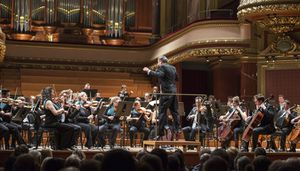Source https://www.nbcnews.com/science/science-news/jazz-players-brains-see-music-language-n35601
When jazz musicians start to improvise melodies, they use parts of their brains typically associated with spoken language, according to a new study.
When jazz musicians let their creativity flow and start to improvise melodies, they use parts of their brains typically associated with spoken language — specifically, regions that help people interpret syntax or the structure of sentences, according to a new study.
Researchers at Johns Hopkins University’s School of Medicine in Baltimore tracked brain activity as two jazz musicians played pieces from memory and then engaged in back-and-forth improvisation, creating something akin to a spontaneous musical conversation. They found that areas of the brain associated with syntax and language were very active as the musicians were improvising.
« The areas of the brain related to language ramped way up when the musical behavior was spontaneous between the two musicians, » said Charles Limb, an associate professor in the department of otolaryngology-head and neck surgery at Johns Hopkins and senior author of a new study published today (Feb. 19) in the journal PLOS ONE. [10 Things You Didn’t Know About the Brain]
Syntax vs. semantics
While this seems to demonstrate that the brain uses the same syntactic areas to process musical notes and spoken words, Limb said the mechanisms are more complex than simply thinking of music as a universal language.
« During the improvised exchanges, the parts of the brain that interpret the meaning of language — semantics — were completely deactivated, » Limb told Live Science. « I figured we would have the involvement of language areas during spontaneous musical conversation, but I did not really anticipate the semantic area would be deactivated the way it was. »
This could suggest there is a fundamental difference between how the brain processes meaning for music and language.
Limb and his colleagues used functional magnetic resonance imaging (fMRI) to track brain activity as two jazz pianists performed.
– Denise Chow, LiveScience
Follow Denise Chow on Twitter @denisechow. Follow Live Science @livescience, Facebook & Google+.
This is a version of a report that appeared on LiveScience. Read the full report.
- Inside the Brain: A Photo Journey Through Time
- 10 Ways to Keep Your Mind Sharp
- Creative Genius: The World’s Greatest Minds
Copyright 2014 LiveScience, a TechMediaNetwork company. All rights reserved. This material may not be published, broadcast, rewritten or redistributed




